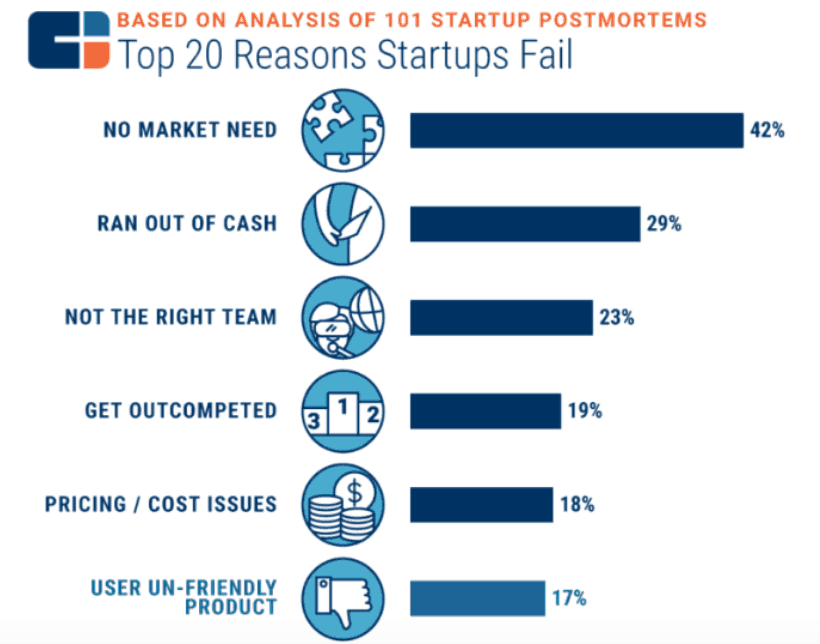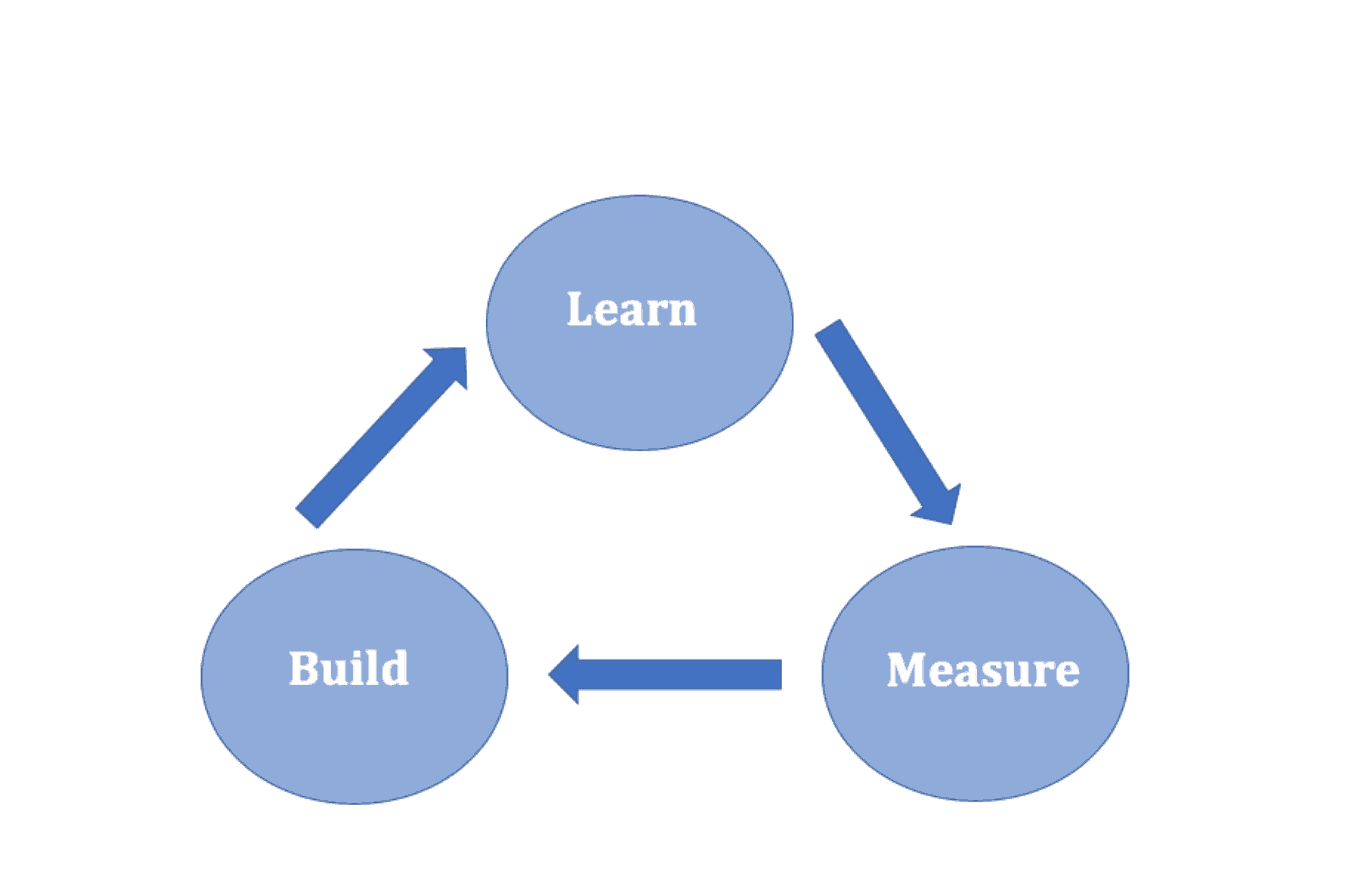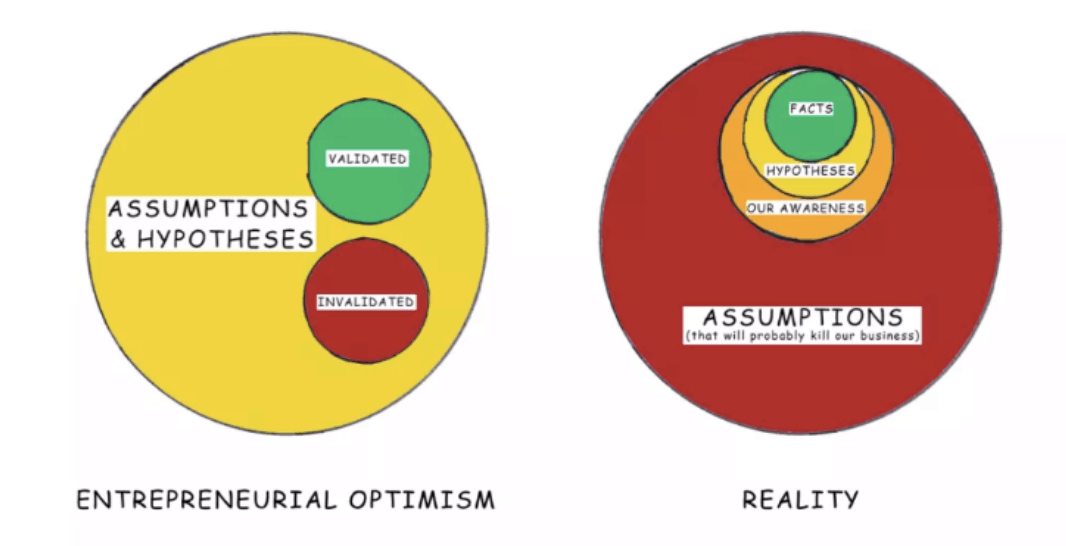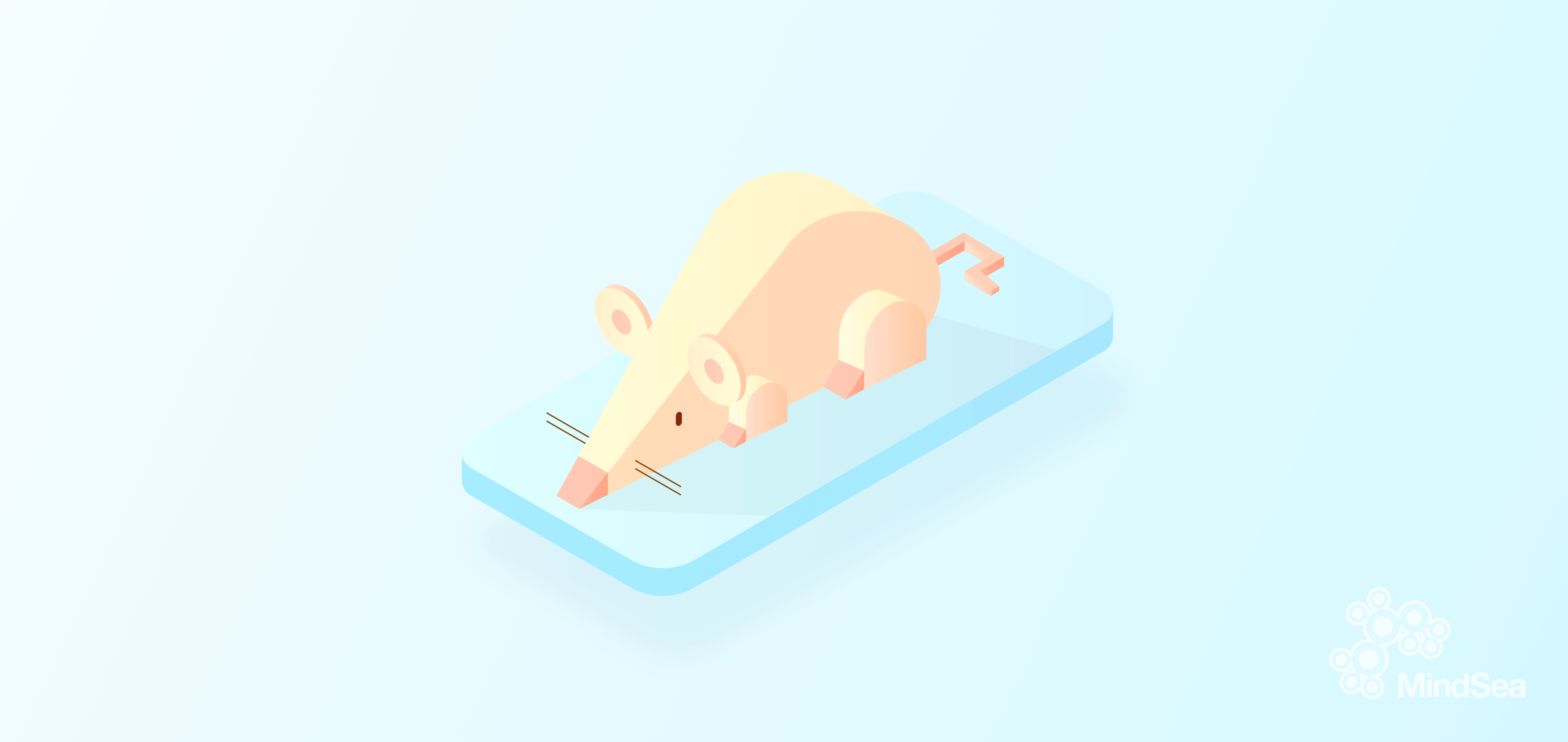Companies design and develop new products every day, only to come to the harsh conclusion that nobody wants what they’re offering.
Often, this realization comes too late – when the product is launched and loads of resources have been dispensed.
If that sounds like a nightmare, we’re with you! But the good news is – it doesn’t have to be this way. As common as this “failure to launch” story is, there are things you can do to mitigate your distress.
As we’ve discussed before, startups are now embracing the concept of the Riskiest Assumption Test (RAT) to validate their product ideas and assumptions before launch.
While it doesn’t guarantee success, it puts you at much better odds.
Today, we’ll expand on RAT by analyzing how this approach can inform your product and design teams when building your next product or app.
Address Whether Your Business & App Are Viable
The goal of the Riskiest Assumption Test is to “test” your riskiest assumptions – regarding your product, customer, and business model – before you start building.
Oftentimes, startups using the MVP (minimum viable product) model begin by first building their product, which may or may not have a product-market fit.
In fact, an analysis of 101 startup post mortems, conducted by CB Insights, found that 42% of startups fail due to lack of product-market fit:

Riskiest Assumption Test enables you to test whether or not your product and business model are viable, before launching your product, to avoid this common pitfall.
In the beginning stages of product development, RAT is used to maximize discovery using the learn-measure-build feedback loop:

Our RAT model would then look like this:
- Learn and gather data through experiments.
- Measure data collected.
- Build product.
- Learn and gather data through experiments.
- Measure data collected
- Iterate, and so on..
For example, let’s say you want to build a mobile video editing app for millennials. In the learning phase, you would start by conducting customer interviews and gathering data on different use cases or edge cases.
Here are a few questions that you should be able to answer:
- Is this a perceived problem for your customers?
- Is the market big enough?
- Is this product something that they would be willing to pay for? If so, how much?
- How does your product help them solve their problem?
Testing your assumptions can help you determine whether your product meets your target customers’ needs or if it’s better suited for another segment of the market. Maybe your product can be used to solve a different problem altogether, or maybe there is no fit at all.
Riskiest Assumption Test is all about building the right product for your future customers so that they want and are willing to pay for it.
Address Potential Hiccups Before They Happen
Along with customer interviews, testing your riskiest assumptions through an experiment will help you avoid hiccups before they even happen (another reason why the RAT is the real MVP!).
Assumptions typically look like this (in red on the right):

The purpose of conducting experiments is to validate your assumptions (as shown on the reality diagram on the right) and to make sure that your product provides value to customers, prior to building it out.
As per Lean Startup Machine, an effective experiment has 4 elements:
- Hypothesis
- Riskiest assumptions
- Methods
- Minimum criterion for success
Let’s go back to the video editing app example.
In this scenario, the hypothesis would be something like:
“Millennials have trouble editing their videos for social media because they do not have an easy-to-use app”.
The risky assumptions you’d need to test would be the following:
- Users are frustrated enough with the current apps that they would pay for a better solution.
- Users would be willing to pay $5.99/month for app with an average lifetime value of [X dollars].
Your methods for this experiment could be setting up landing pages to gather signups to gauge early interest, and conducting online surveys.
The minimum criterion for success is a method for assigning a pass or fail rating to your experiment:
“For this [product] to succeed, it’s necessary that we receive 100 early sign ups out of [X amount of users] in the next 2 weeks.”
If the experiment passes, then your product team starts building. If the experiment fails, then it’s back to the drawing board. The RAT might require more planning, strategizing and overall effort upfront, but it can save you an enormous amount of time and money in the long run.
Buffer is a good example of a successful RAT implementation. An interview with Joel Gascoigne, CEO and co-founder at Buffer, states how he initially set up a simple landing page with a description of his product and call-to-action.
Users were asked to sign up and provide their email to get early access to Buffer. At this time, the product didn’t exist yet. After 120 initial sign ups, Joel deemed his experiment successful and the rest is history!
Launch With The Best Features, Not The Easiest Ones
Once you’ve validated your idea with a successful experiment, it’s time to start building.
Unlike the MVP model of “build-measure-learn”, your RAT should launch with its best features – not the easiest ones to build.
As we’ve mentioned before, the emphasis on the RAT is to LEARN and MEASURE, then build (fast), rather than BUILD, measure, then learn (fast).
Building fast, without properly testing all of your riskiest assumptions, could lead to failure… FAST!
While speed is a factor in startup’s success, the ability to launch with the right features based on customer needs and market demand is another critical factor.
Your RAT Is The Real MVP
Moving away from the MVP model and towards your RAT allows you to learn and validate your product, before committing to a business or product that may not be worthwhile.
Are your customers willing and able to pay for this product? Is your product solving their pain points? Is your business model viable?
Instead of building a product without testing these assumptions, approach your build from a position of knowledge and use the RAT to build after you learn, experiment, and gather data.
At MindSea, we specialize in building quality, well-designed, research-backed mobile apps – complete with all the necessary testing to build a truly user-driven product. If you’re looking for guidance in strategizing your next (or first) mobile app, get in touch with a MindSea Product Strategist today!



